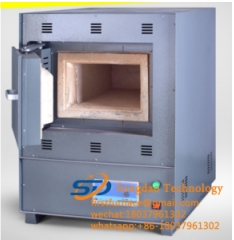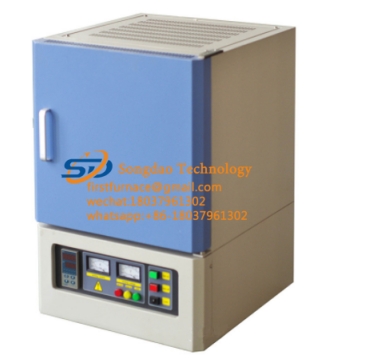- 29
- Mar
Method of preventing deformation of experimental electric furnace heat treatment and quenching
Method of preventing deformation of کوره الکتریکی آزمایشی heat treatment and quenching
1. Strictly control the quality of raw materials, and strictly control the defects such as loose segregation in steel, band-like, net-like and carbide liquefaction, and inclusions.
2. Improve the size and distribution of carbides in the annealed structure.
3. Pre-shaping and stress relief annealing before quenching. The residual deformation of turning and the residual stress of turning have a greater influence on the quenching deformation. For precision products and thin-walled, complex-shaped parts, they should be reshaped in advance and subjected to a stress relief annealing at 450-670℃.
4. Avoid excessive heating temperature. In the case of obtaining a suitable structure and hardness, it should not be overemphasized to increase the alloying concentration and increase the quenching temperature. For finer original structures (such as normalized or secondary quenched), the quenching temperature should be lowered as appropriate.
5. The quenching heating should be slow and uniform. For this reason, the parts should be evenly placed in the isothermal zone in the furnace, and not too close to the heating body. Warping and extrusion should be avoided; if necessary, it can be preheated at 400~500℃ before heating to avoid overheating and uneven heating.
6. Avoid excessive cooling. For this reason, the cooling medium should be selected reasonably and the temperature of the control medium should be controlled. In the case of not lower than the critical cooling rate, try to slow down the cooling, especially when it is lower than 450°C, it should be cooled slowly. For easily deformable parts, such as thin-walled ferrules with large diameters. Can choose to use graded oil quenching or nitrate austempering.
7. Strive for uniform cooling. When quenching and cooling, it is necessary to consider uniform cooling of all parts of the part. Use compressed air or mechanical stirring and other cooling measures. When selecting a rotary hardening machine, different rotation speeds should be used according to the diameter of the ferrule.
8. Avoid mechanical collision of parts. Avoid collisions during transportation, furnace loading, heating, and cooling operations, especially in the red hot state. Such as: heating in the experimental electric furnace, be careful of the deformation of the parts when using the fixture.


